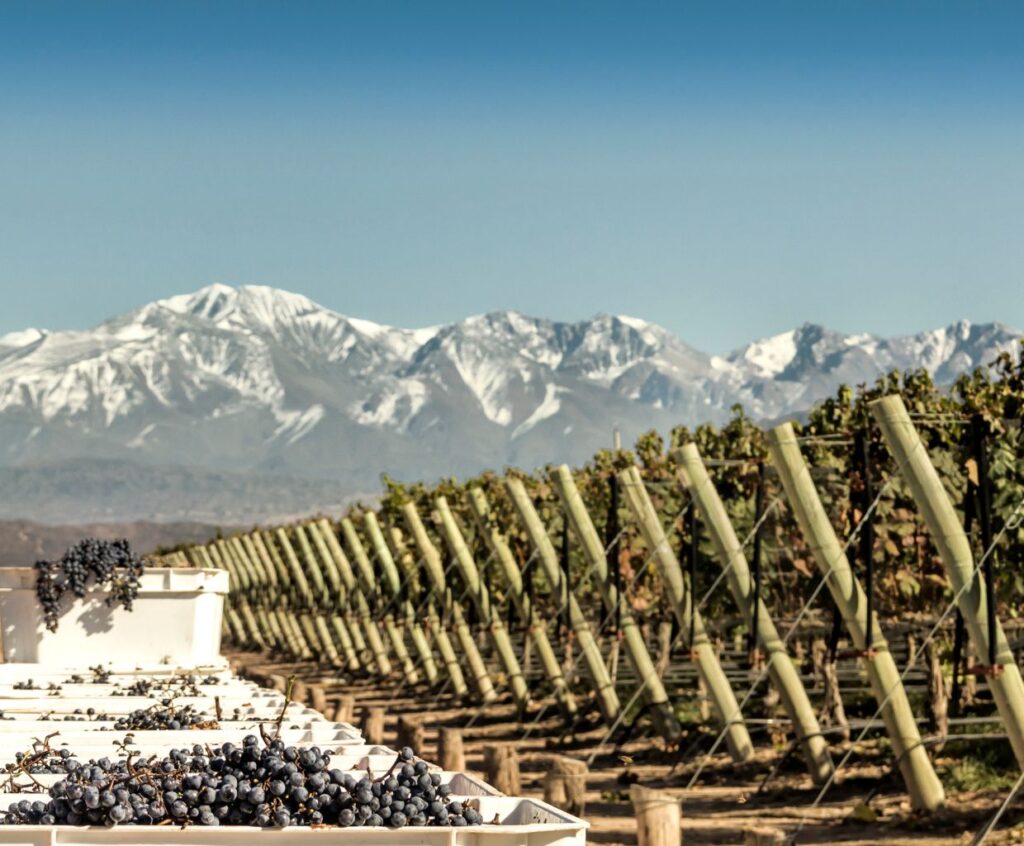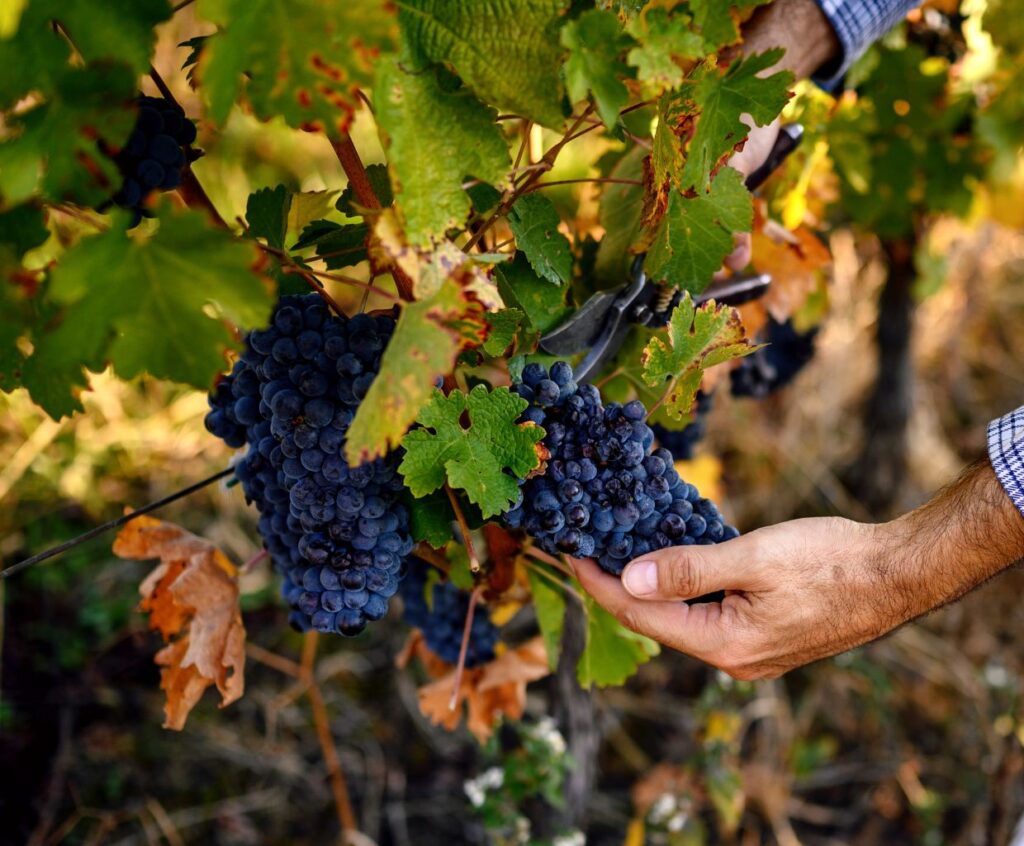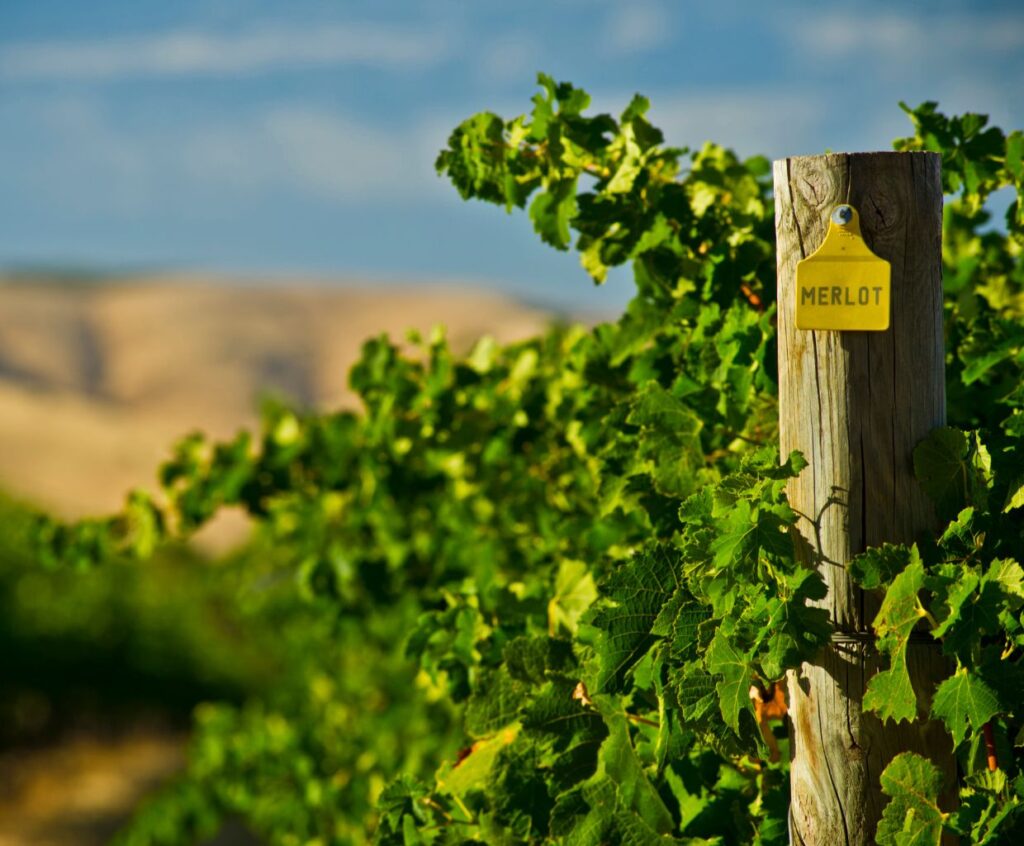Exploring the Enchanting Malbec Grape Variety: Everything You Need to Know
Malbec is a popular grape variety that has recently gained immense popularity. Originally from France, it is now primarily associated with Argentina, where it has become the country’s flagship grape.
Wine enthusiasts love Malbec worldwide for its rich flavors, dark color, and smooth tannins.
Origins and History
The Malbec grape has a long and fascinating history. It originated in the Cahors region of southwestern France, known as “Cot.” The grape thrived in this region due to its resistance to frost and susceptibility to sunburn. In the 19th century, Malbec cuttings were brought to Argentina by French agronomist Michel Aimé Pouget.
The grape found its new home in the high-altitude vineyards of Mendoza, where it flourished and adapted to the region’s unique terroir.
Characteristics
Malbec grapes are known for their thick skins, contributing to the wine’s deep color and high tannin levels. The wine produced from Malbec grapes is typically medium to full-bodied, with blackberry, plum, cherry, and dark chocolate flavors.
It often exhibits a velvety texture and a long, lingering finish. Malbec wines can vary in style depending on the region and winemaking techniques, but they generally offer a bold and fruit-forward drinking experience.
Food Pairings
The robust and fruit-driven nature of Malbec makes it a versatile wine when it comes to food pairings. It pairs exceptionally well with grilled meats, especially steak, as the wine’s tannins complement the meat’s richness.
Malbec also pairs beautifully with hearty stews, roasted vegetables, and strong cheeses. Its bold flavors can stand up to intense and flavorful dishes, making it a favorite choice for meat lovers.
Popular Regions
While Malbec is grown in various regions worldwide, it has found its true calling in Argentina. The high-altitude vineyards of Mendoza produce some of the finest Malbec wines, known for their exceptional quality and unique characteristics.
Other regions, such as Cahors in France, where the grape originated, and some parts of the United States, also cultivate noteworthy Malbec grapes.
What are the ideal growing conditions for Malbec grapes, and which regions are known for producing exceptional Malbec wines?
Malbec grapes thrive in sunny, warm climates with well-drained soils. The ideal growing conditions for Malbec grapes include:
1. Climate: Malbec grapes prefer a continental climate, with warm summers and cool winters. They require a long growing season to ripen and develop their unique flavors fully.
2. Sunlight: Malbec grapes need ample sunlight to ripen properly. They thrive in areas with plenty of sunshine throughout the day.
3. Soil: Well-drained soils are crucial for Malbec grapes. They prefer soils with good water drainage to avoid excessive moisture, which can lead to diseases and rot. Soils with good mineral content, such as limestone or clay, can also contribute to the grape’s flavor profile.
As for the regions known for producing exceptional Malbec wines, the following areas are renowned for their Malbec production:
1. Mendoza, Argentina: Mendoza is considered the heartland of Malbec. The high-altitude vineyards in the Andes Mountains provide excellent growing conditions, with warm days and cool nights. This region produces full-bodied, rich, and fruity Malbec wines.
2. Cahors, France: Cahors is the birthplace of Malbec and is known for its dark, tannic, and robust wines. The region has a semi-continental climate, with hot summers and cold winters. The limestone-rich soils contribute to the distinct characteristics of Cahors Malbec.
3. Colchagua Valley, Chile: Colchagua Valley has become a prominent region for Malbec production. The Mediterranean climate and cool ocean breezes create ideal conditions for the grapes. The resulting wines are known for their balance, structure, and complexity.
4. Sonoma County, California, USA: Sonoma County has gained recognition for its high-quality Malbec wines. The region’s warm days and cool nights, influenced by the Pacific Ocean, provide optimal growing conditions. Sonoma County Malbecs often display ripe fruit flavors, good acidity, and a smooth mouthfeel.
These regions, among others, have established a reputation for producing exceptional Malbec wines due to their favorable growing conditions and focus on the grape variety.
 What popular winemaking techniques are used to enhance the expression of Malbec in the final wine?
What popular winemaking techniques are used to enhance the expression of Malbec in the final wine?
Several winemaking techniques can be employed to enhance the expression of Malbec in the final wine. Some popular techniques include:
1. Extended Maceration: This technique involves leaving the grape skins in contact with the fermenting juice for an extended period. This helps extract more color, flavor, and tannins from the skins, resulting in a more intense and structured Malbec.
2. Barrel Aging: Aging Malbec in oak barrels can add complexity and depth to the wine. The type of oak used (such as French or American) and the length of aging can influence the flavors and aromas imparted to the wine.
3. Micro-Oxygenation: This technique involves introducing controlled amounts of oxygen during fermentation or aging. It can help soften the tannins and enhance the overall balance and texture of the wine.
4. Blending: Winemakers often blend different lots of Malbec from various vineyards or regions to create a more balanced and complex wine. This allows them to showcase the best characteristics of each lot.
5. Cold Soaking: Before fermentation, the grapes can be cold soaked to extract more color and flavor compounds. This technique can enhance the fruitiness and intensity of the resulting wine.
6. Malolactic Fermentation: This secondary fermentation process converts malic acid to lactic acid, resulting in a smoother and creamier mouthfeel. Malolactic fermentation can help soften the acidity of Malbec and add complexity to the wine.
7. Gentle Extraction: Gentle handling of the grapes and minimal extraction of harsh tannins during fermentation can help preserve the fruitiness and elegance of Malbec.
By employing these winemaking techniques, winemakers can enhance the expression of Malbec in the final wine, resulting in a more nuanced, complex, and enjoyable drinking experience.
Exploring the Enchanting Malbec Grape Variety – In Conclusion
Malbec is a captivating grape variety that has captured the hearts of wine enthusiasts globally. Its journey from France to Argentina has resulted in an exceptional wine that showcases the best of both terroirs.
Whether enjoying a bottle of Malbec or pairing it with a delicious meal, this grape variety promises a delightful and memorable experience.


 What popular winemaking techniques are used to enhance the expression of Malbec in the final wine?
What popular winemaking techniques are used to enhance the expression of Malbec in the final wine?
